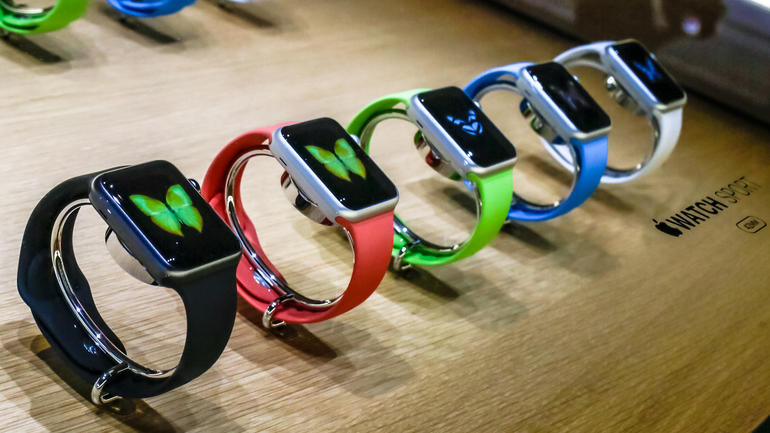No products in the cart.
Blog
Apple’s New Band Guidelines: DRM or Harmless Instruction?
Apple’s smartwatch, the Apple Watch, has had great success in the smartwatch market. Along with many popular tech product, a throng of third party companies start making accessories and customizations for users- and the Apple Watch is no different. What is different, however, is the new guidelines that Apple is enforcing upon any developers trying to produce a new band for the watch. Apple has recently released a new, 13-page document for these developers that details exactly what they can and cannot do when designing a new band for their smartwatch. For anyone to release a new band, they have to follow the guidelines, due to the proprietary nature of the Apple Watch. A user cannot simply buy a random Apple Watch band from any tech store; they must buy one that has been approved by the maker of the watch.

These guidelines have a reasonable motivation, though: Apple’s regulations establish a need for strenuous tests on the nuts and bands that hold the full band in place, to ensure that they can stand up to stress, corrosion, and other negative forces. To accommodate for the technology, band designers must make sure not to cover up the heart rate sensor with the band. The material is more open-ended, but Apple recommends certain materials. Other, less specific guidelines advise a snug fit centered on user comfort, as some bands and some materials can cause itching and irritation. These all provide safety and comfort for the wearers of the Apple Watch, but are they a detracting, limiting factor or are they simply for the good of the consumer?
Whenever a company produces a product, they usually try to keep their IP, or Intellectual Property, out of the hands of other producers, meaning that they want the full rights to their creation so that they garner all of the profits and all of the royalties that come with it. Apple does this with their iPhone, Mac, and other products for the same buy valiums online reason. Copyrights and digital rights management (DRM) help establish this for companies, but they can sometimes be a hindrance and have a negative impact on consumers wishing to (legally) modify or share their purchased item. Of course pirating and illegally sharing purchased goods is illegal, as it is a breach of copyright laws and theft, but when one wants to share a song or movie with a friend or family member, it can be slightly ridiculous to enforce these laws. They usually apply to digital files, so the common argument is if one can share a DVD with a friend, why not share a digital movie or song?
The same argument applies here, to the new Apple Watch band guidelines. While it is a diluted form of product regulation, it still restricts the possibility of creative add-ons to the watch. If a user wishes to have a band made of material X with color Y and design Z, the instructions for developers may prevent a band of that type being made. So far, other smartwatch companies have not followed suit with their customizable bands, making Apple the forerunner for smartwatch “DRM;” not a nice title to have in the tech world. There has been a lot of concern in the past few years centered on DRM and other technology copyrighting procedures, especially with electronic media. This instance of regulation may fall into the eyes of the online community, but it is doubtful: it is only a light version of the much more pure issues previously seen online. When people buy or design new bands for this watch, they have to think about what may happen in the future with these watches: will standardization and regulation continue, or is this just an outlying instance in the future of smartwatches? Only time will tell.
If you’d like to learn more about the Apple Watch development do’s and dont’s, check out Apple’s Watchkit page.
